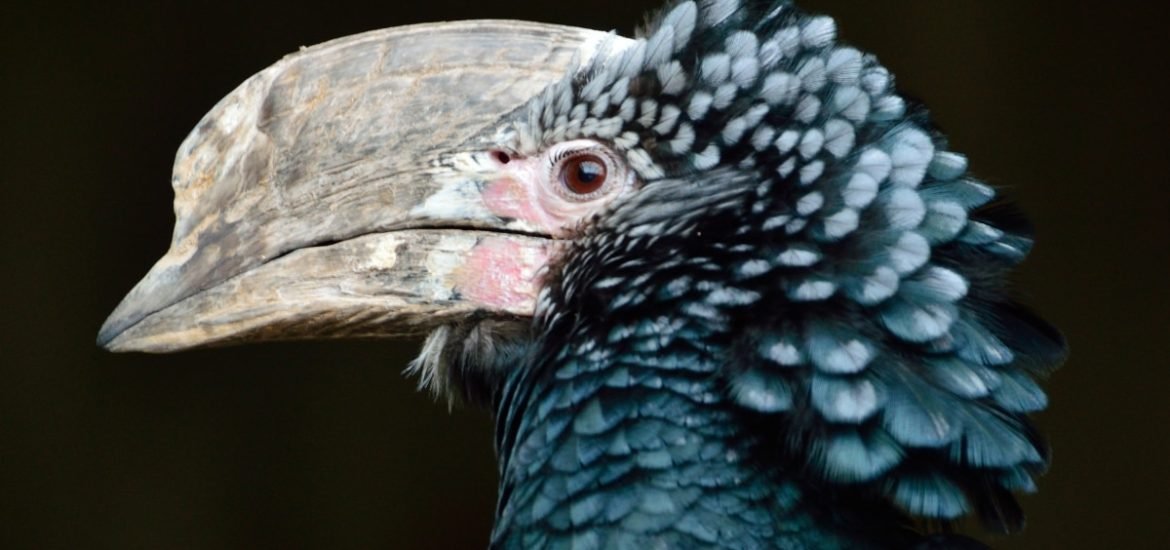
A new analysis published on 15 February in Science suggests that species identified by the International Union for Conservation of Nature (IUCN) Red List as being threatened from trade can wait as long as 19 years for protection under CITES or have already been waiting up to 24 years to be listed after first being named (1). Therefore, the authors urge policymakers to hasten the wildlife protection process, which at present, can typically take more than two decades.
The Convention on International Trade in Endangered Species of Wild Fauna and Flora (CITES) treaty ― the primary international framework for preventing species extinction due to international wildlife trade ― was formalized in 1973 to coordinate and regulate international trade in wildlife products and officially came into force in 1975, ratified by 183 party members. Species listed in Appendix I of the treaty can only be traded under “exceptional circumstances,” thereby banning commercial trading of that species. However, the ban still allows trades for personal or scientific reasons, for example, trophy hunting and captive propagation ― the deliberate breeding of wild animals in captivity.
The IUCN, on the other hand, is an international organization tasked with the conservation of nature and sustainable use of natural resources and the so-called Red List has become the world’s most comprehensive inventory of the global conservation status of biological species.
Thousands of species traded every day are at risk of extinction ― often animals can go from abundant to endangered in a matter of years. Yet it takes on average about 12 years for species to be protected by CITES once identified as at risk. Moreover, over a quarter of animals on the IUCN Red List – the world’s most critically endangered – are not protected by CITES. This slow recognition is the same even for the most threatened species. But classifying the degree of risk remains a challenge.
The authors of the new perspective, Assistant Prof Eyal Frank from the University of Chicago and Prof David Wilcove from Princeton University, highlight an enormous separation between scientific knowledge of extinction threats owing to international trade and policy actions to protect these endangered animals. In May, international wildlife authorities will come together at the CITES Conference of the Parties (CoP) to vote on wildlife trade restrictions, and the conference presents an important opportunity to bring together scientific knowledge and policy to better protect endangered wildlife.
As a prelude to the conference ― and in an effort to help guide future policy ― the researchers analysed how quickly species identified by the Red List as being threatened by international trade are subsequently protected under CITES. To do this, they assessed 958 species currently on the Red List and discovered that 28 per cent are not yet protected by CITES. They also found that 62 per cent wait as long as 19 years for protection or were still waiting up to 24 years to be listed after first being identified by the IUCN. However, the study also showed that 36 per cent of species were, in fact, protected by CITES before making it on the Red List.
Both CITES and the Red List are important tools for protecting wildlife endangered by international trade. But these findings demonstrate huge disparities between the scientific and policy authorities; therefore, these institutions clearly must work together to prevent killings. Furthermore, the authors suggest that any threatened species on the Red List should receive immediate protection under CITES.
(1) Frank, E.G. and Wilcove, D.S. Long delays in banning trade in threatened species. Science (2019). DOI: 10.1126/science.aav4013
Image: Large helmeted hornbill bird ― came close to extinction in 2015 due to an increase in demand for its ivory-like beak.